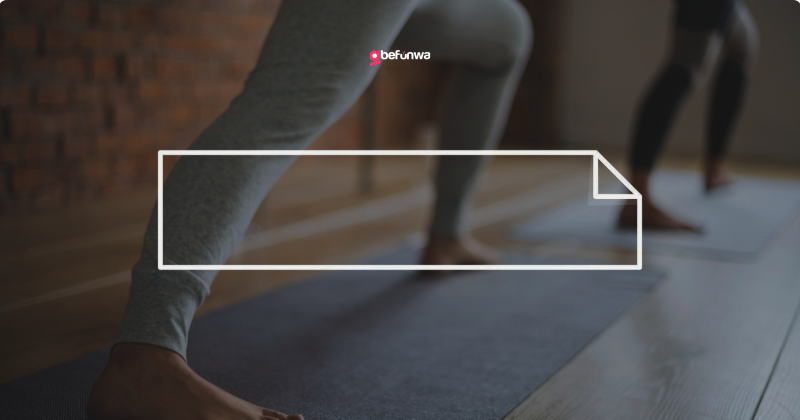
Creating a WordPress site for your yoga or wellness studio can enhance your online presence, attract new clients, and improve communication with existing members. This guide will walk you through the essential steps to build an effective and engaging website tailored for your studio.
Most hosting providers offer one-click WordPress installation. Follow the prompts in your hosting account dashboard to set up your site.
Look for a theme designed for yoga, wellness, or fitness. Key features to consider:
Enhance your site’s functionality with key plugins:
1. Elementor: A drag-and-drop page builder that allows you to design custom layouts easily.
2. The Events Calendar: Perfect for showcasing class schedules, workshops, and events.
3. WooCommerce: If you plan to sell merchandise or memberships online, this eCommerce plugin is essential.
4. Yoast SEO: Helps optimize your content for search engines, improving visibility.
5. WPForms: Create contact forms, class registration forms, and surveys to gather feedback.
List available classes with descriptions, schedules, and levels.Include a booking option if applicable.
Create content related to wellness, yoga tips, or studio updates. This can help with SEO and engage your audience.
Provide contact details, location (with a Google Map), and a contact form.
Use keywords relevant to your studio throughout your site (e.g., “yoga classes in [your location]”).
Optimize titles, meta descriptions, and headings for search engines.
Create a Google My Business listing to enhance local search visibility.
Encourage satisfied clients to leave reviews on Google and social media platforms.
Once everything is in place, publish your site and promote it to your existing client base.
Use Analytics: Install Google Analytics to track user behavior and traffic sources. Adjust your content and marketing strategies based on analytics data.
Gather Feedback: Regularly ask for feedback from clients about the website and incorporate suggestions for improvements.
Building a WordPress site for your yoga or wellness studio involves careful planning and execution. By following these steps, you can create a professional, user-friendly website that attracts new clients and keeps your current members engaged. Regularly update your content and stay active on social media to foster a thriving online community around your studio.
Deborah Oludimu is an experienced content writer with 3+ years of experience. She is skilled in research, writing, and editing to produce high-quality, engaging content across industries. Deborah is passionate about creating content that informs and inspires
© 2025 GBEFUNWA.COM. All rights reserved.
The WordPress® trademarks are the intellectual property of the WordPress Foundation, and the Woo® and WooCommerce® trademarks are the intellectual property of WooCommerce, Inc. Uses of the WordPress®, Woo®, and WooCommerce® names in this website are for identification purposes only and do not imply an endorsement by WordPress Foundation or WooCommerce, Inc. gbefunwa is not endorsed or owned by, or affiliated with, the WordPress Foundation or WooCommerce, Inc.